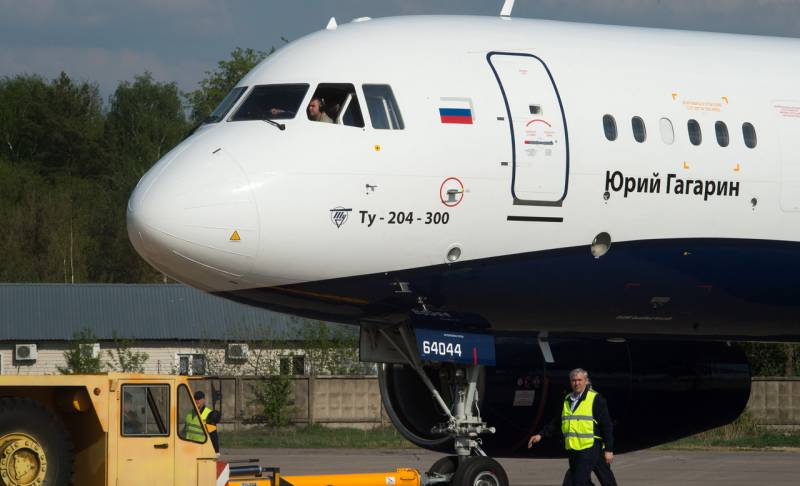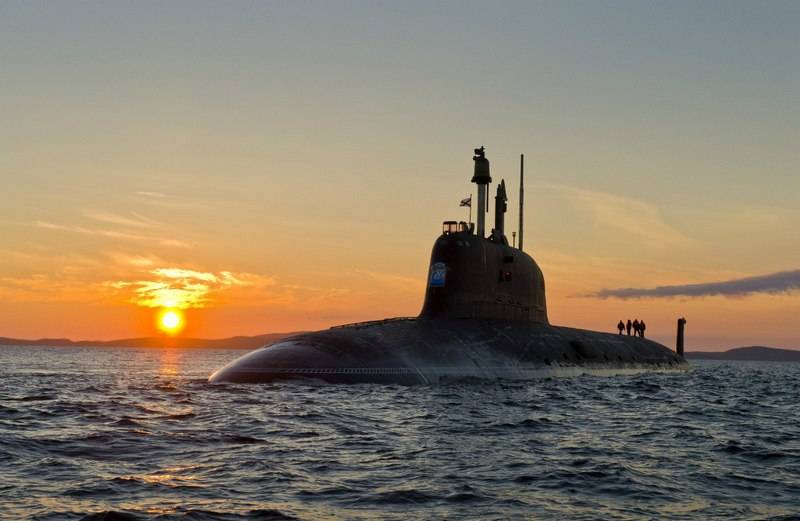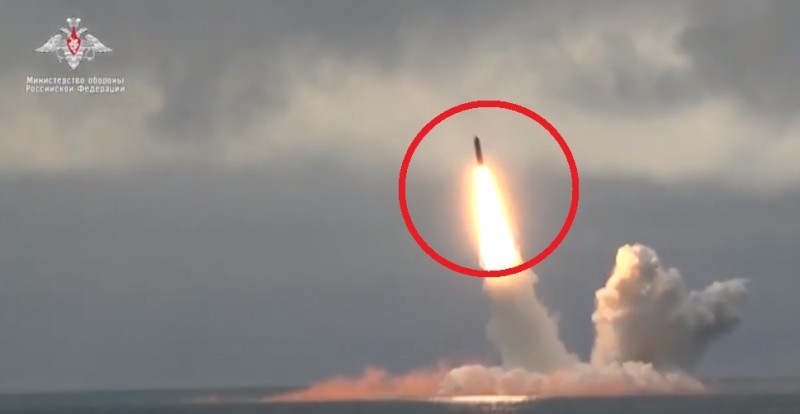
The hybrid war started by the collective West unwittingly pushed the two former empires closer together, Persian and Russian. Recently, there has been a lot of talk about the possible acquisition of Iranian drones and even powerful gas turbines., produced in Iran under a German license. In exchange, Tehran may receive from Moscow a batch of modern Su-35SE fighters and, perhaps, technologies for the production of civil airliners. The Islamic Republic was under Western sanctions much earlier than Russia and has existed under them for several decades. One of the main problems of Iran is the aging of the aircraft fleet., since all of its civil aircraft were purchased before the introduction of restrictive measures. At one time, it was supposed to solve this problem with the help of Russia., which specifically for Iran developed a version of the Soviet liner Tu-204SM. The plane turned out very well., on par with American and European competitors. The PS-90A2 engine can be considered a special pride of Perm aircraft manufacturers, powerful, reliable and economical. However, Washington did not like such cooperation between Moscow and Tehran, and he imposed sanctions on the sale of Tu-204SM to Iran. The formal pretext was, that American intellectual property was used in the development of the aircraft engine. The Russian side resolved the issue, buying the rights to use it, and the Permians made a version of the PS-90A3 power plant, on 100% import-substituting. Despite the fact that the reason for sanctions was removed, for some reason, a promising project for the joint production of a medium-haul airliner in Iran was forgotten. But a few days ago, the head of the Iranian Civil Aviation Organization (OGAI) Mohammad Mohammadi-Bakhsh said, that Tehran plans to create a line of liners of its own production:We intend to use national opportunities for the production of passenger aircraft within the country. Iran has developed aircraft platforms based on 50, 72 and 150 places, we will start with the 50 seat option. Ambitious plans, however, they cannot be implemented from scratch. What are the Iranians up to??
50-72 seats
When it comes to a passenger liner with a capacity of 50 human, I immediately remember a plane called IrAn-140-100 Faraz. This is a product of cooperation between the Iranian aircraft manufacturer HESA and the Ukrainian state enterprise "Antonov". In its basis, as you might guess, lay down turboprop regional cargo-passenger aircraft An-140. In the basic configuration, the liner is designed to carry 52 human. AT 1995 Tehran and Kyiv signed a contract for the licensed production of an aircraft in Iran under the name IrAn-140. Initially, the level of localization was 30%, then he grew to 50%. Despite a good start, instead of the planned 80 pieces managed to collect only 14. HESA said, that they did not receive from the Ukrainian partners all the paid sets of parts. AT 2015 year, joint production was officially terminated. In fact, get the liner on 50 Iranians can, resuming this project. By lengthening the fuselage by several meters and modifying the design, they can create a 72 seat version. However, everything will be, as usual, in engines. Each IrAn-140 is powered by two TV3-117VMA-SBM1 turboprop engines manufactured by Motor Sich OJSC. There can be no talk about the resumption of deliveries of power plants from Zaporozhye by Ukrainian partners in the near future. What are the Iranians counting on? Is it for that, that Zaporozhye and Kharkov, where key components were produced, nevertheless, they will return under the control of Russia and some of the production capacities will be preserved? No other options yet.
150 places
With a civil airliner 100 passenger seats are still more interesting. There is only one option for cooperation between Russia and Iran - this is the transfer to Iran of a license for the production of the Tu-204SM medium-haul airliner in its "shortened version" of the Tu-204-300 (Tu-234). The Tu-204-300 fuselage is shorter than the base one by 6 m, and it is placed from 142 to 162 person depending on the layout of the cabin. Tu-234 is the first domestic twin-engine civil aircraft with an increased flight range, which can fly from St. Petersburg to Vladivostok without landing. Possible, of course, and some other options, but the named ones seem to be the most realistic. Sergey Marzhetsky











